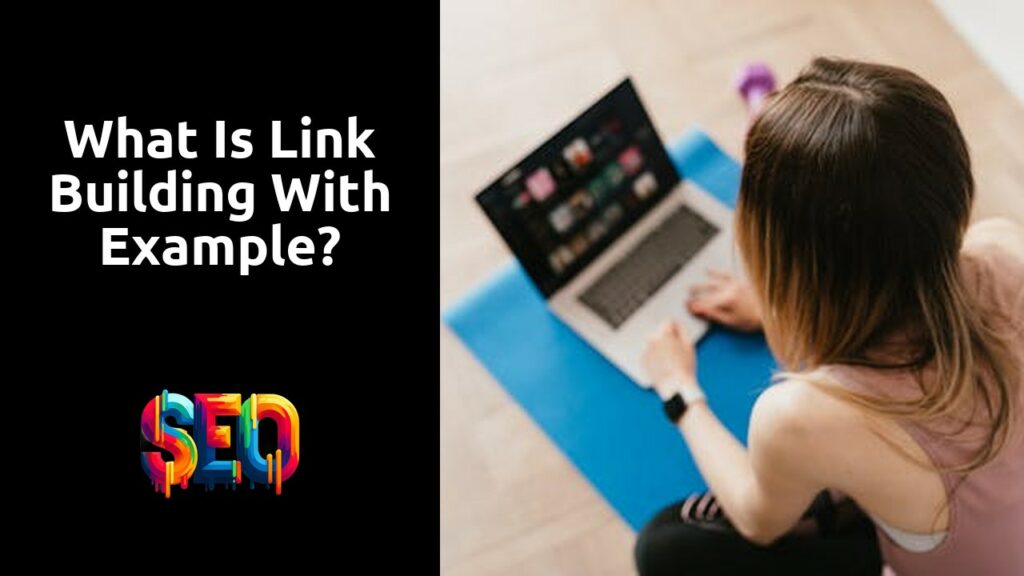Table Of Contents
OnPage SEO Strategies
Optimizing content for featured snippets is a key strategy in on-page SEO. Featured snippets are the brief excerpts of text that appear at the top of Google search results, providing users with quick answers to their queries. To optimize for featured snippets, focus on creating concise and informative content that directly addresses common questions and search queries. Utilize structured data markup to provide search engines with clear signals about the content of your page, increasing the chances of being featured in the coveted position zero.
Another crucial aspect of on-page SEO is creating user-friendly URLs for improved navigation. URL structures should be descriptive and easy to read, providing both users and search engines with clear indications of the content on the page. Avoid using long strings of numbers or irrelevant parameters in URLs, as they can confuse both users and search engines. By incorporating relevant keywords and organizing content logically within the URL structure, you can improve the user experience and enhance the overall SEO performance of your website.
Optimizing content for featured snippets
Optimizing content for featured snippets is a crucial aspect of on-page SEO that can significantly impact your website’s visibility in search engine results. Featured snippets are brief, concise answers displayed at the top of search engine result pages (SERPs), providing users with immediate answers to their queries. By structuring your content in a way that addresses common user queries and providing clear and concise answers, you increase the chances of your content being featured as a snippet.
To optimize your content for featured snippets, focus on answering specific user queries directly within your content. This includes crafting clear and concise responses to commonly asked questions related to your topic. Structuring your content in a way that allows search engines to easily pull relevant information for featured snippets can help improve your chances of earning this coveted spot in search results. By understanding the types of queries your target audience is searching for and providing valuable, comprehensive answers, you can increase your visibility and drive more organic traffic to your website.
Advanced Technical SEO Techniques
When delving into advanced technical SEO techniques, leveraging canonical tags for content consolidation plays a crucial role in streamlining the indexing process for search engines. Canonical tags are HTML elements that signal to search engines which version of a webpage is the preferred one to display in search results. By implementing canonical tags strategically across your website, you can prevent duplicate content issues, consolidate link equity, and improve the overall search visibility of your most important pages.
Another essential aspect of advanced technical SEO is implementing structured data markup to provide search engines with more context about your content. Structured data helps search engines understand the meaning behind your content, making it more likely to be featured in rich snippets, knowledge graphs, and other prominent search result features. By incorporating structured data markup like Schema.org into your website, you can enhance the visibility and relevance of your content in search engine results pages.
Leveraging canonical tags for content consolidation
Canonical tags play a crucial role in content consolidation, particularly when dealing with duplicate or similar content across a website. By using canonical tags, you can indicate to search engines which version of a page should be treated as the primary source, thus consolidating link signals and preventing dilution of search engine ranking potential. This is especially important for e-commerce websites or content-heavy platforms with a multitude of similar product pages or articles.
Implementing canonical tags correctly can help ensure that search engines direct traffic to the most relevant and authoritative page on your website. This not only streamlines the indexing process but also helps to prevent issues such as keyword cannibalization or competing pages vying for the same search engine ranking. By strategically leveraging canonical tags for content consolidation, website owners can enhance the overall SEO performance and provide a more coherent browsing experience for their visitors.
OnPage SEO for User Experience
User experience plays a crucial role in the success of a website, and on-page SEO is essential for optimizing this aspect. Creating user-friendly URLs is a simple yet effective strategy to enhance navigation and improve the overall experience for visitors. Clear and descriptive URLs not only aid users in understanding the content of a page but also help search engines in indexing and ranking the site. By keeping URLs concise, relevant, and easy to read, website owners can make it easier for users to navigate through the site and find the information they are looking for quickly.
In addition to user-friendly URLs, optimizing page loading speed is another critical factor in enhancing user experience. Slow-loading pages can lead to high bounce rates and lower search engine rankings. By optimizing images, using efficient coding practices, and leveraging browser caching, website owners can significantly improve page loading times. Providing a seamless and fast browsing experience for users not only increases user satisfaction but also contributes to higher rankings in search engine results pages.
Creating userfriendly URLs for improved navigation
Creating user-friendly URLs is a crucial aspect of optimizing a website for improved navigation and user experience. When it comes to structuring URLs, it is essential to keep them simple, descriptive, and easy to read for both users and search engines. By including relevant keywords in URLs, you can provide users with a clear understanding of the content they are about to access, thus enhancing the overall user experience.
Moreover, user-friendly URLs can also contribute to better search engine visibility and rankings. Search engines tend to favor URLs that are concise and relevant to the content of a webpage. By ensuring that your URLs are clear and organized, you can make it easier for search engine crawlers to index your site and understand the context of your content. In essence, creating user-friendly URLs goes beyond aesthetics; it’s a strategic move that can positively impact both user engagement and SEO performance.
FAQS
What is technical SEO?
Technical SEO refers to optimizing the backend structure of a website to improve its search engine visibility and user experience.
What is on-page SEO?
On-page SEO involves optimizing the content and HTML source code of a webpage to make it more relevant to specific keywords and improve its search engine rankings.
What is the main difference between technical SEO and on-page SEO?
The main difference is that technical SEO focuses on website infrastructure and performance, while on-page SEO focuses on optimizing individual web pages for search engines and users.
Can technical SEO and on-page SEO be used together?
Yes, for optimal results, it is recommended to combine both technical SEO and on-page SEO strategies to create a well-rounded and effective SEO approach.
Which type of SEO is more important, technical or on-page?
Both technical SEO and on-page SEO are equally important for a successful SEO strategy. While technical SEO ensures proper website functionality, on-page SEO helps in optimizing content for better search engine visibility.


